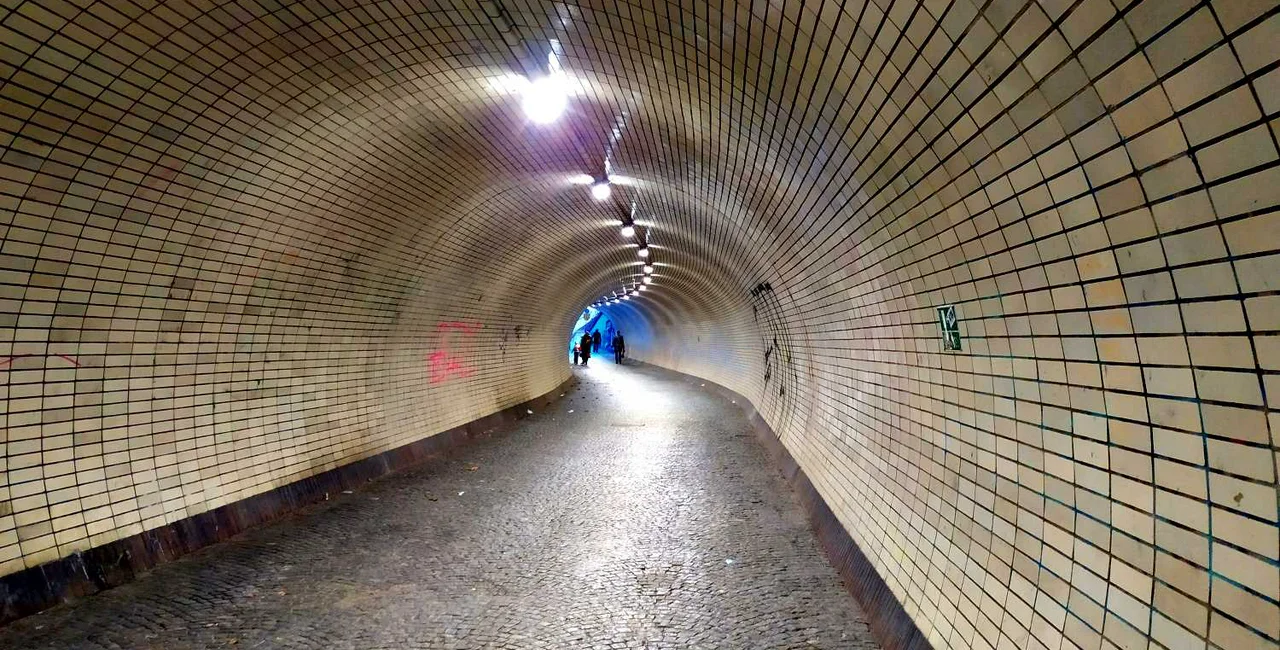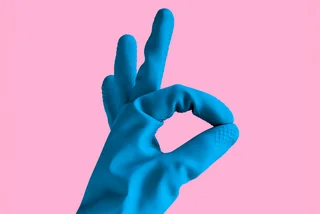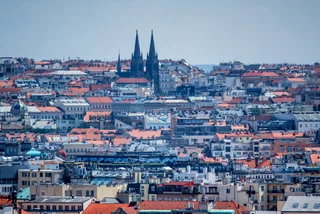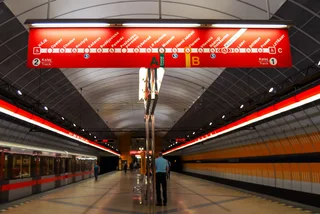The Žižkov Tunnel holds several secrets. A fallout shelter, a disaster clinic, and an atomic particle accelerator in a converted morgue hide behind its inconspicuous metal side doors.
The tunnel under Vítkov Hill linking Žižkov and Karlín was built between 1951 and 1953, the height of the Cold War. The tunnel starts at Tachovské náměstí and ends in Thámova Street. It is 303 meters long and 4.4 to 4.8 meters wide with a maximum height of 3.4 meters. It has an incline of 8.1 degrees. A planned parallel car tunnel ending at Šaldova Street was never built. Trams through the tunnel were also planned, but never installed.
One of the doors in the side of the tunnel leads to a nuclear fallout shelter where 1,250 people could survive for 72 hours with food, air and electricity. Concerts and art exhibitions have been held in some of these side spaces, but they are not generally open to the public. The shelter was kept in a state of readiness until around 1990.
In case of emergency, a humanitarian aid depot can still be set up in the tunnel with chairs, beds, blankets, water and food, medicine, and diapers for children. The space has never been used for this, but it is still maintained for a possible catastrophe by the Prague Service Administration (SSMPH).
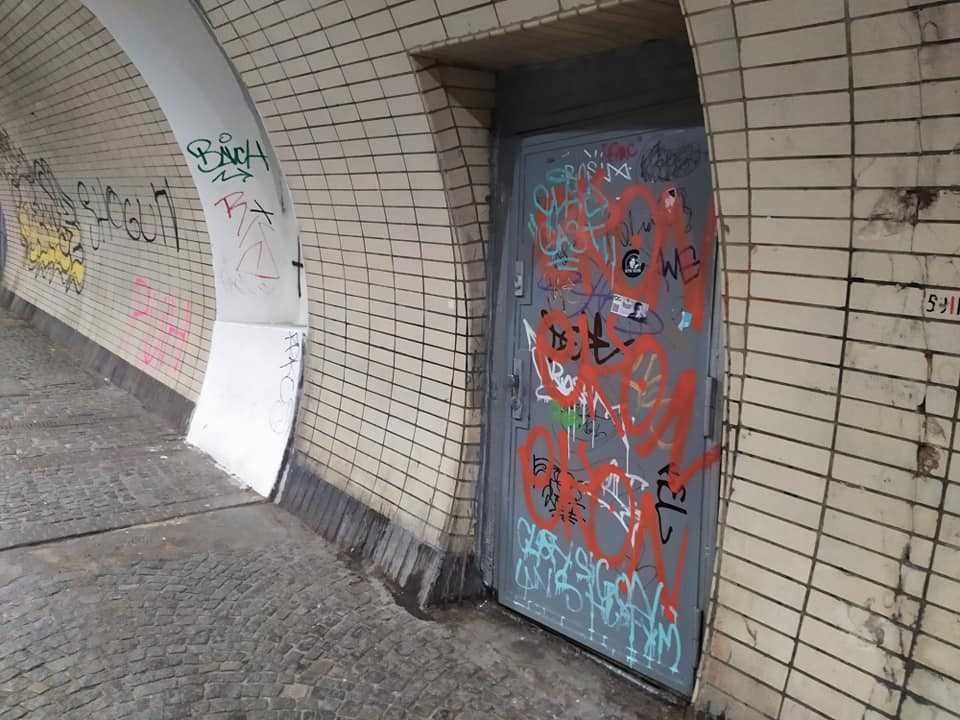
There was also a room with double steel doors to store corpses, created by whatever catastrophe forced people into the tunnel. This room now holds a laboratory with a small microtron administered by the Nuclear Physics Institute (ÚJF) from Řež, just north of Prague.
A microtron, or an orbital electron accelerator, is used to determine isotope ratios. It can for example, analyze rock samples, and it has medical uses. The device is on a much smaller scale than ones that make the news, like the massive CERN accelerator.
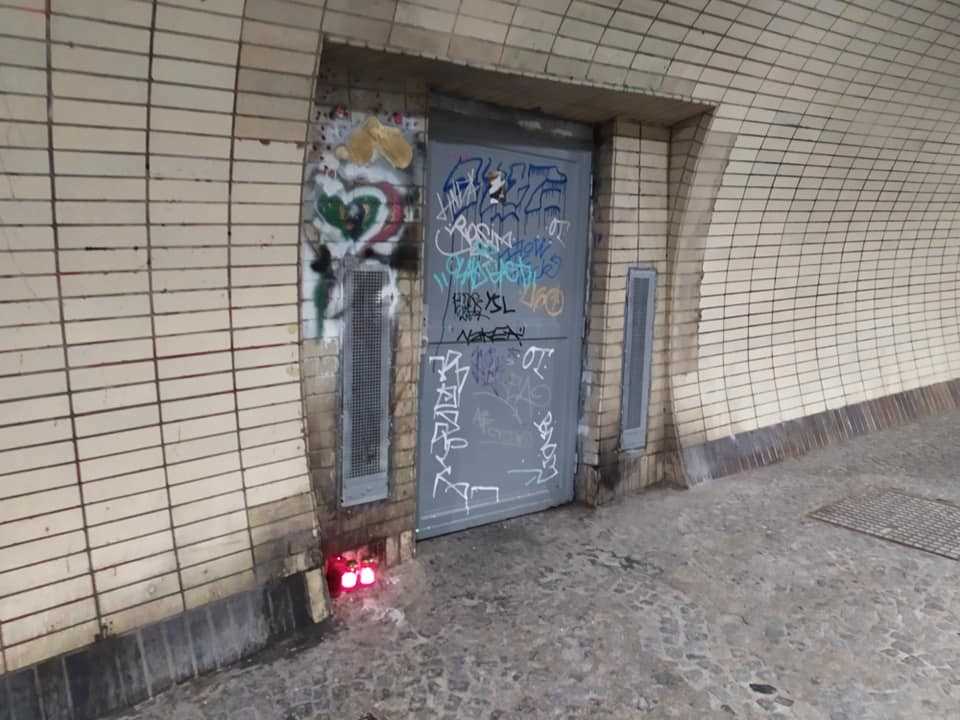
The small laboratory below Vítkov is operated by four scientists. The dense rocks of Vítkov make it an ideal place where the microtron’s high energy output and radiation can be handled safely.
The idea to build the microtron was first put forward in 1974, and it took six year to come to fruition. The man behind it was Čestmír Šimáně, the then-deputy director at the Joint Nuclear Research Institute (SÚJV) in Dubna. His student, Miroslav Vognar, built the Prague mictrotron.
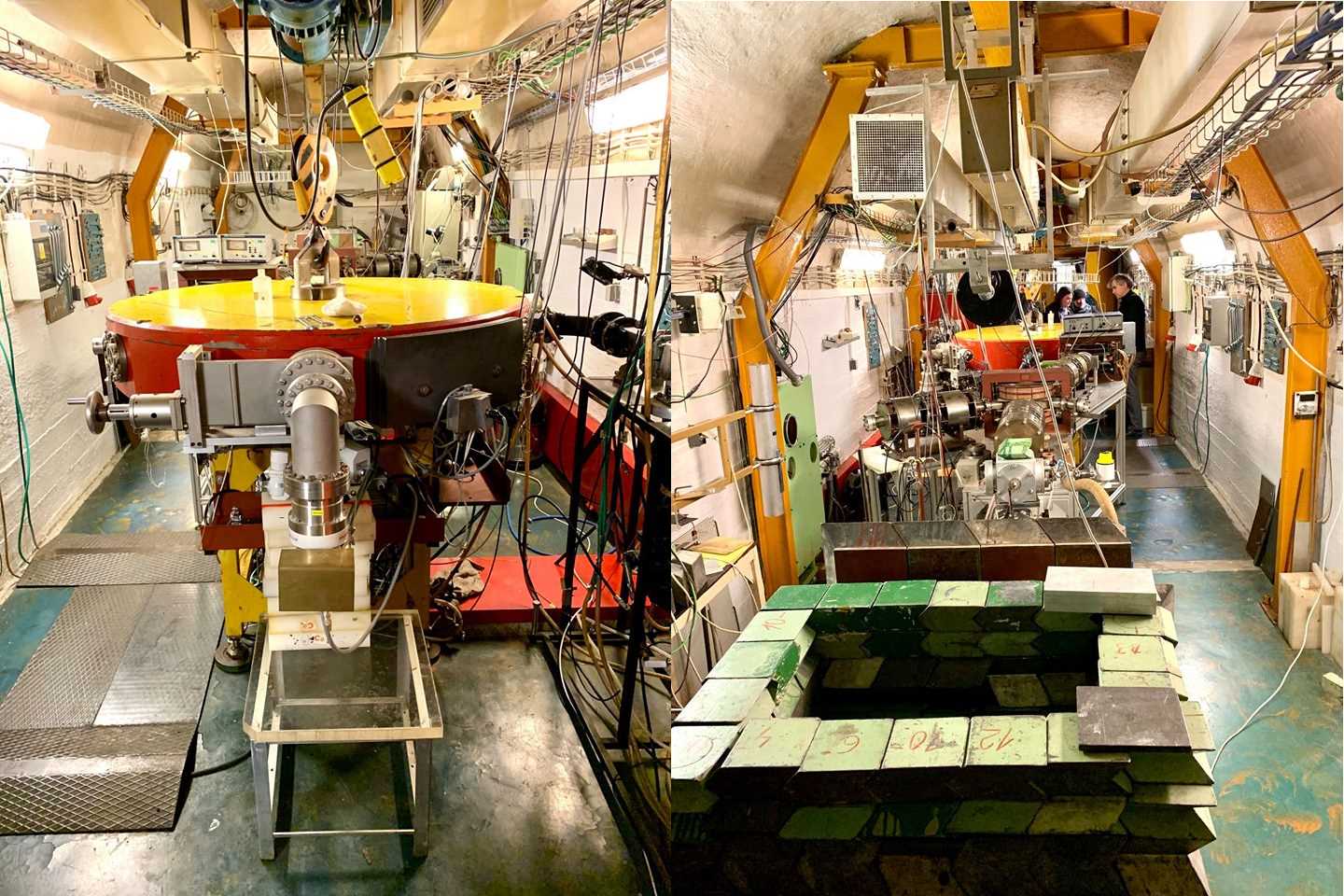
The communist government funded the project once they found out it could be used to analyze rock samples to look for gold. It is thought that a detailed map showing various gold concentrations throughout Czechoslovakia was created, but no mother lode was ever found. The search went on until the Velvet Revolution. Now, the microtron is used for more practical research.
The first section of the Žižkov Tunnel was festively opened April 21, 1951, but work wasn’t completed until Dec. 19, 1953, when it presented to President Antonín Zápotocký as a 63rd birthday present.
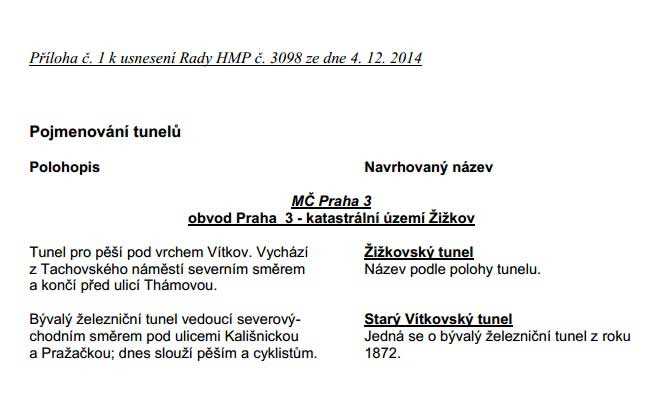
It was built by the national company Baraba, and official tallies put the cost at 12 million Kčs. The festive poster at the opening ceremony had the inscription “Tunnelers welcome” (Tuneláři vítají).
Despite being in use for more than 60 years, the tunnel didn’t have an official name until December 2014. Somehow, naming the tunnel fell through the cracks.
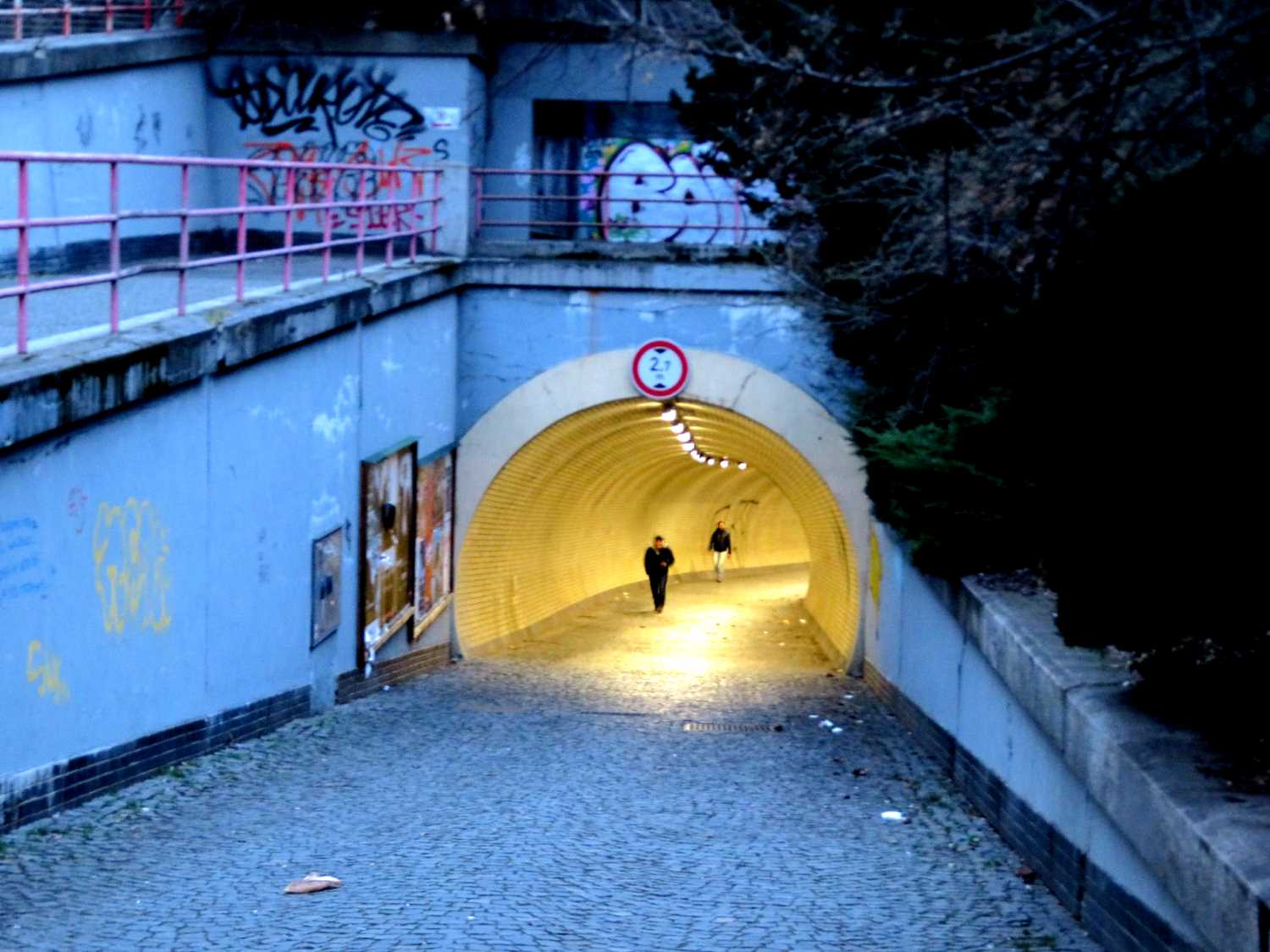
People in Karlín called it the Žižkov Tunnel (Žižkovský tunel) and Žižkov residents referred to it as the Karlín Tunnel (Karlínský tunel). Still others, choosing not to take sides in the not-so-heated debate, called it the Vítkov Tunnel (Vítkovský tunnel).
Prague 3 City Hall belatedly stepped in to settle the matter. On Dec. 4, 2014, they passed an amendment to the local regulations, and sided with the Žižkovský tunel faction. In addition, they named the new cycle and pedestrian tunnel on Vítkov Hill, built in on the former location of rail tracks, the Old Vítkov Tunnel (Starý Vítkovský tunel).
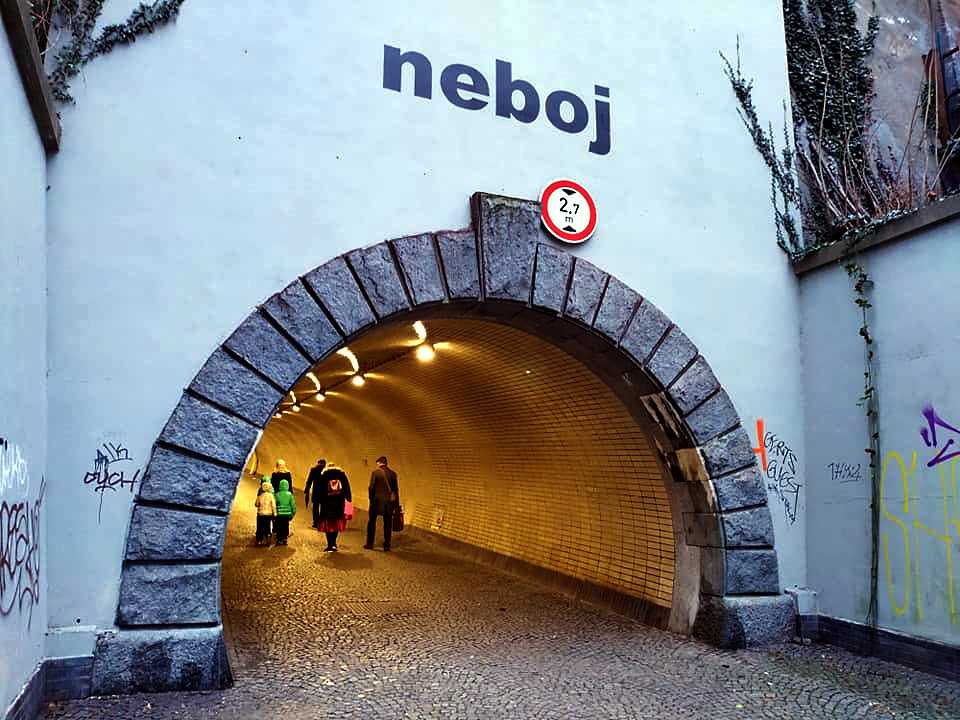
The Old Vítkov Tunnel begins at Kališnická Street and ends at a bike and pedestrian path running parallel to currently used rail tracks. The tunnel was built in 1872 for rail traffic. It was converted into a bike and pedestrian path between 2008 and 2010.
The Žižkov Tunnel can look a little intimidating, and the Karlín side now has an inscription above the entrance telling people not to be afraid.












 Reading time: 3 minutes
Reading time: 3 minutes 